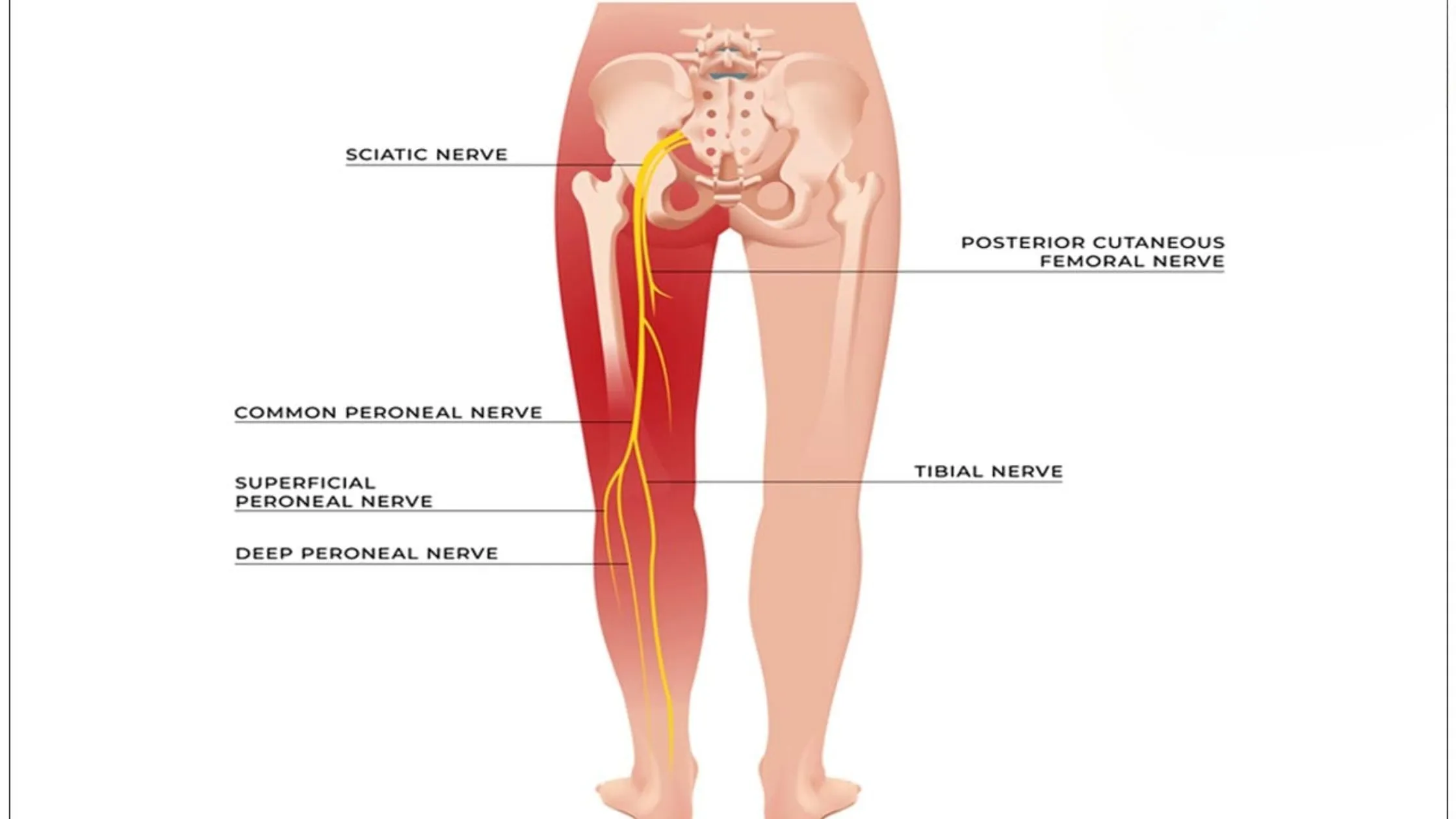Beyond the Basics: Exploring Chronic Sciatica in its Last Stages

Sciatica, that unwelcome visitor who sets up camp in your lower back and sends searing jabs down your legs, is no stranger to many. While most bounce back from this irritating nerve fiesta, for some, it lingers, morphing into a chronic companion. This article delves deeper, venturing beyond the usual ice-pack-and-stretching advice to explore the often-neglected territory of sciatica’s last stages.
From Tweaks to Torture: Charting the Course of Chronic Sciatica
Acute sciatica typically arrives with a dramatic flourish – a sudden, sharp pain that announces its presence in no uncertain terms. But chronic sciatica is a cunning chameleon. It creeps in insidiously, gradually amplifying the familiar twinges into a constant dull ache or fiery flares that make even sitting a monumental feat.
Symptoms in this stage often transcend the classic leg pain. Numbness, tingling, and weakness can take root in the affected leg, making simple tasks like climbing stairs or walking like navigating an obstacle course. Bowel and bladder control issues may even rear their unwelcome heads, adding another layer of complexity to an already challenging situation.
The Frustrating Fog of Diagnosis:
Unfortunately, pinpointing the culprit in chronic sciatica can be frustrating. While MRIs often reveal bulging discs or herniations, these findings don’t always correlate directly with pain severity. This diagnostic grey area leaves many feeling unheard and lost in conflicting opinions.
Beyond the Band-Aids: Treatment Options for the Persistent Pain
The good news is that chronic sciatica isn’t an unscalable mountain, even in its later stages. While a quick fix might be elusive, a multi-pronged approach can offer significant relief and improve quality of life.
1. Pain Management:
Medication: Prescription pain relievers and nerve pain medications can help manage the flames, but long-term reliance should be carefully considered with your doctor.
Injections: Epidural steroid injections or facet joint injections can target specific areas of inflammation, providing temporary relief.
Radiofrequency ablation: This minimally invasive procedure uses heat to disrupt pain signals, sometimes offering longer-lasting relief.
2. Rehabilitation:
Physical therapy: Tailored exercises can strengthen core muscles, improve flexibility, and retrain movement patterns to reduce pressure on the sciatic nerve.
Yoga and Pilates: These mind-body practices can enhance flexibility, build strength, and promote relaxation, all of which can contribute to pain management.
Acupuncture: While research is ongoing, some find acupuncture effective in managing sciatic pain.
3. Alternative Therapies:
Cognitive-behavioral therapy (CBT): This therapy can help manage pain by addressing negative thoughts and anxieties that can exacerbate it.
Mindfulness and meditation can promote relaxation and stress reduction, indirectly easing pain perception.
4. Surgical Intervention:
In rare cases, surgery might be considered to remove a herniated disc or address other structural issues compressing the nerve. However, this is typically a last resort due to potential complications and lengthy recovery times.
Living with Chronic Sciatica: Beyond the Physical
Chronic sciatica is not just a physical hurdle; it can also take a toll on mental and emotional well-being. The constant pain, the limitations it imposes, and the uncertainty surrounding diagnosis and treatment can lead to frustration, anxiety, and even depression.
Building Resilience:
Support groups: Connecting with others who understand the challenges of chronic sciatica can provide invaluable support and a sense of community.
Mind-body practices: Activities like yoga, meditation, and tai chi can promote relaxation, reduce stress, and improve overall well-being.
Setting realistic goals: Focus on small, achievable goals rather than aiming for a complete, pain-free existence. Celebrating each step can boost motivation and maintain a positive outlook.
Navigating the Uncertainty:
Be your advocate: Don’t hesitate to ask questions, seek second opinions, and actively participate in your treatment decisions.
Find a good doctor: Building trust with a healthcare provider who understands chronic pain and listens to your concerns is crucial to successful management.
Focus on progress, not perfection: Chronic sciatica is a journey, not a destination. Celebrate minor improvements and acknowledge the challenges as inevitable bumps along the road.
Chronic sciatica, while unwelcome, doesn’t have to be a life sentence. By exploring treatment options, embracing self-care strategies, and building resilience, individuals can find ways to manage the pain, reclaim control, and live fulfilling lives beyond the limitations of sciatica.
Here’s a summary of chronic sciatica:
- It’s a long-term condition characterized by pain along the sciatic nerve, which runs from the lower back through the hips and legs.
- Symptoms typically last more than eight weeks and don’t improve with self-care.
- Common causes include herniated discs, spinal stenosis, and piriformis syndrome.
- Treatment often involves a combination of approaches, such as:
- Pain management (medications, injections, nerve blocks).
- Physical therapy to strengthen and stretch muscles.
- Alternative therapies like acupuncture or mindfulness.
- Surgery in rare cases if conservative treatments fail.
Key points:
- Chronic sciatica can significantly impact the quality of life.
- Early diagnosis and treatment are essential for managing pain and preventing complications.
- A multi-pronged approach is often the most effective.
- Finding a supportive healthcare team is crucial.







